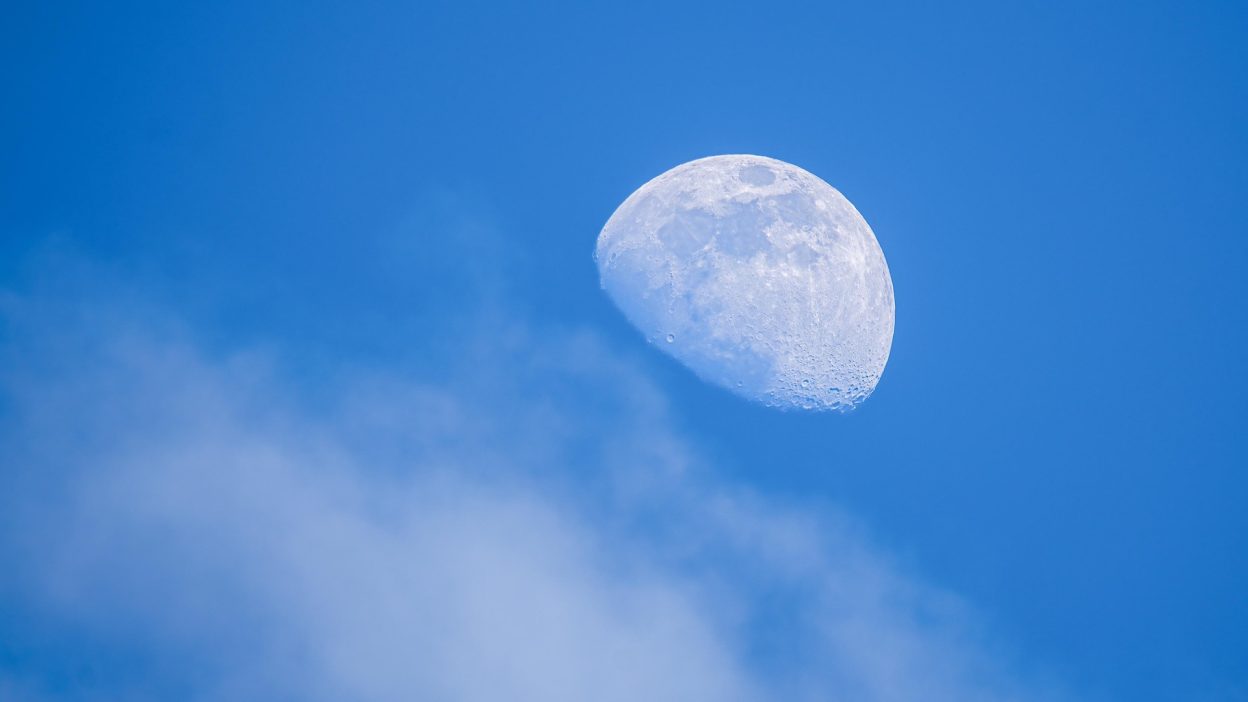Moon Shrinking, Moonquakes, Earth and Moon Relationship, Giant Impact Hypothesis, Moon Formation
The Moon is shrinking and experiencing quakes—what does this mean for Earth and humanity? Learn about the fascinating science behind this celestial phenomenon and its implications.
Why the Moon Is Shrinking and Shaking: What It Means for Earth and the Future
Introduction
The Moon, our closest celestial neighbour, has always fascinated humanity with its craters, phases, and influence on Earth’s tides. But recent research reveals a startling fact: the Moon is shrinking and experiencing quakes. These surprising phenomena are caused by its cooling core and the natural evolution of its structure. What does this mean for the Moon’s future—and for Earth? Let’s explore this intriguing topic and uncover the secrets behind the Moon’s evolution.
1) The Moon’s Fiery Origins and Its Shrinking Core
The history of the Moon began approximately 4.5 billion years ago when a Mars-sized object collided with the Earth. This catastrophic impact, generating a force 100 million times stronger than the asteroid that wiped out the dinosaurs, launched magma from Earth’s surface into space. This magma coalesced into the spherical Moon we know today.
But here’s the twist: the Moon is not just a cold, inactive rock. It is still cooling from its explosive birth, and as the hot core cools, the Moon’s density increases, causing it to shrink. Over the last several million years, it has shrunk by about 150 feet in diameter. This cooling and shrinking process is responsible for the formation of scarps—cracks on the Moon’s surface—and the moonquakes we now observe.
2) Why the Moon Keeps Shaking
Moonquakes occur as the Moon’s crust adjusts to its shrinking interior. Unlike earthquakes, which result from tectonic activity, moonquakes are caused by the stress and movement along the scarps formed by the cooling core. These tremors are evidence that the Moon is still geologically active.
This information was confirmed by data collected by seismometers placed on the Moon’s surface by Apollo astronauts. The groundbreaking study, led by Thomas R. Watters in May 2019, revealed that the Moon is far more dynamic than previously thought.
3) The Moon Is Moving Away: How It Affects Earth
In addition to shrinking, the Moon is moving away from Earth at a rate of 1.5 inches per year. At the time of its formation, the Moon was just 14,000 miles away from Earth. Today, it is about 250,000 miles away, and the distance continues to grow.
This drift is caused by the tidal interaction between Earth and the Moon. The Moon creates tidal bulges in Earth’s oceans, but these bulges don’t align perfectly with the Moon due to Earth’s rotation. The resulting forces push the Moon further away.
If the Moon continues moving away, its influence on Earth will diminish. Tides will weaken, disrupting ecosystems and potentially causing mass extinctions in the distant future.
4) How the Moon Slows Down Earth’s Spin
When the Moon first formed, Earth spun so rapidly that a day lasted only 4 hours. Over time, the Moon’s gravitational pull has slowed Earth’s rotation, stretching the day to its current 24 hours. This process is ongoing, and in the next quarter-billion years, Earth may experience 25-hour days.
However, a slower rotation could destabilise Earth’s axis, causing extreme climate fluctuations. Summers would become hotter, winters colder, and ecosystems might struggle to adapt. While this scenario is far off, it highlights the Moon’s critical role in maintaining Earth’s balance.
5) Could a Giant Asteroid Impact the Moon?
The Moon’s surface is scarred with craters from countless asteroid impacts. Unlike Earth, which is protected by its atmosphere, the Moon is defenceless against incoming meteoroids. However, even a giant asteroid is unlikely to cause significant damage to the Moon itself. To move the Moon from its orbit, an impactor would need to be nearly the same size as the Moon—an unlikely scenario. While the Moon is vulnerable to surface damage, its structural integrity remains intact, making such an event improbable in the foreseeable future.




